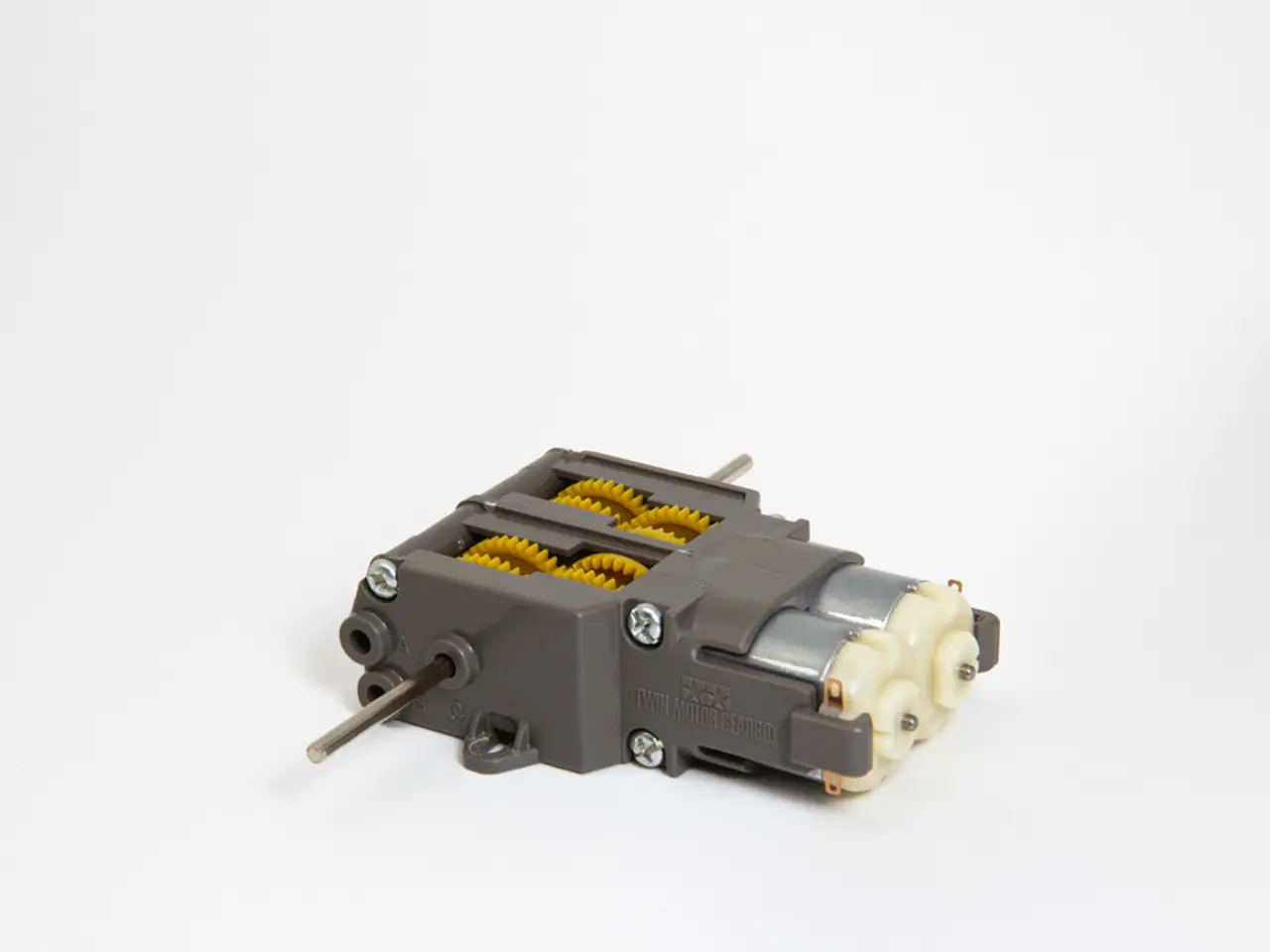Exploring the frontiers of power: unveiling the potential and obstacles in magnetic motor technology
Magnetic motors, a promising technology, are poised to transform various industries, from aerospace and transportation to renewable energy and miniature systems. These innovative devices offer several advantages over traditional electric motors, including higher efficiency, reduced size, and increased speed.
Pioneering Material Science
Current advancements in magnetic motor technology are driven by groundbreaking materials research. Soft Magnetic Composites (SMCs) are revolutionizing motor design, enabling 3D magnetic flux paths, reducing eddy current losses, and allowing near-net shape manufacturing. This leads to lighter, smarter, and more efficient motors suitable for e-mobility, drones, industrial automation, and other applications.
Moreover, the pursuit of heavy-rare-earth-free magnets is gaining traction, with companies like Proterial developing neodymium sintered magnets without heavy rare earths. These magnets maintain high magnetic properties and heat resistance critical for EV motors operating at or above 100°C, aiming to reduce reliance on scarce heavy rare earth elements, improve sustainability, and reduce supply risk.
Novel Motor Topologies and Optimization
Innovative motor topologies, such as axial flux motors, are also emerging. While radial flux motors remain standard in many EVs due to their scalability, cost-effectiveness, and reliability, axial flux motors offer higher torque density, better efficiency, and a compact form factor, making them ideal for future electric mobility and aerospace applications.
Furthermore, permanent magnet motor optimization techniques, including advanced materials like ferrite composites, nanocrystalline alloys with improved coercivity and temperature resistance, and new fabrication approaches like powder-based printing, are improving magnet placement and reducing material use and thermal losses.
Overcoming Challenges
Despite these advancements, several challenges remain. Ensuring compatibility with current power grids and transportation networks, while also considering the implications on existing industrial and urban landscapes, is a significant hurdle in integrating magnetic motors into existing infrastructure and systems.
Moreover, the limited availability of materials, particularly rare earth metals such as neodymium and samarium, poses a significant challenge in the construction of high-performance magnetic motors. Other challenges include thermal management and heat resistance, manufacturing complexity and cost, and material performance trade-offs.
Embracing a Sustainable Future
The focus is on developing magnetic motors with minimal environmental impact, including innovations in recycling processes and the use of sustainable materials. Magnetic motors can contribute to renewable energy by improving energy storage systems and enabling more efficient use of electricity.
Interdisciplinary collaboration between researchers, industry, and policymakers is essential to drive advancements in magnetic motor technology. As research continues, the potential for magnetic motors to revolutionize transportation, energy production, and technology becomes clearer.
Magnetic motors boast higher efficiency rates compared to traditional motors, leading to substantial cost savings in the long run for businesses and consumers. The questions that have arisen in the study of magnetism include whether magnetism can power our world, create a frictionless, more efficient motor, harness magnetic fields to store energy, and the environmental implications of magnetic motors.
Research into advanced materials such as high-temperature superconductors could lead to the production of large-scale, affordable, and efficient motors. The potential for magnetic motors to significantly impact various industries and contribute to a more sustainable future is undeniable.
- In the realm of medicine, magnetic motors could potentially contribute to medical-conditions treatment by improving the development of magnetic resonance imaging (MRI) systems, which use magnetic fields to generate detailed images of the body, enhancing diagnosis and treatment.
- Advancements in magnetic motor technology can play a crucial role in sports, as efficient motors enable the production of lightweight, tamper-proof timing devices, ensuring accurate measurement and fairness in competitions across a variety of sports.
- The lifestyle sector also benefits from cutting-edge magnetic motor technology, as energy-efficient appliances and gadgets powered by these devices can reduce household energy consumption and contribute to a more sustainable, eco-friendly living environment.




